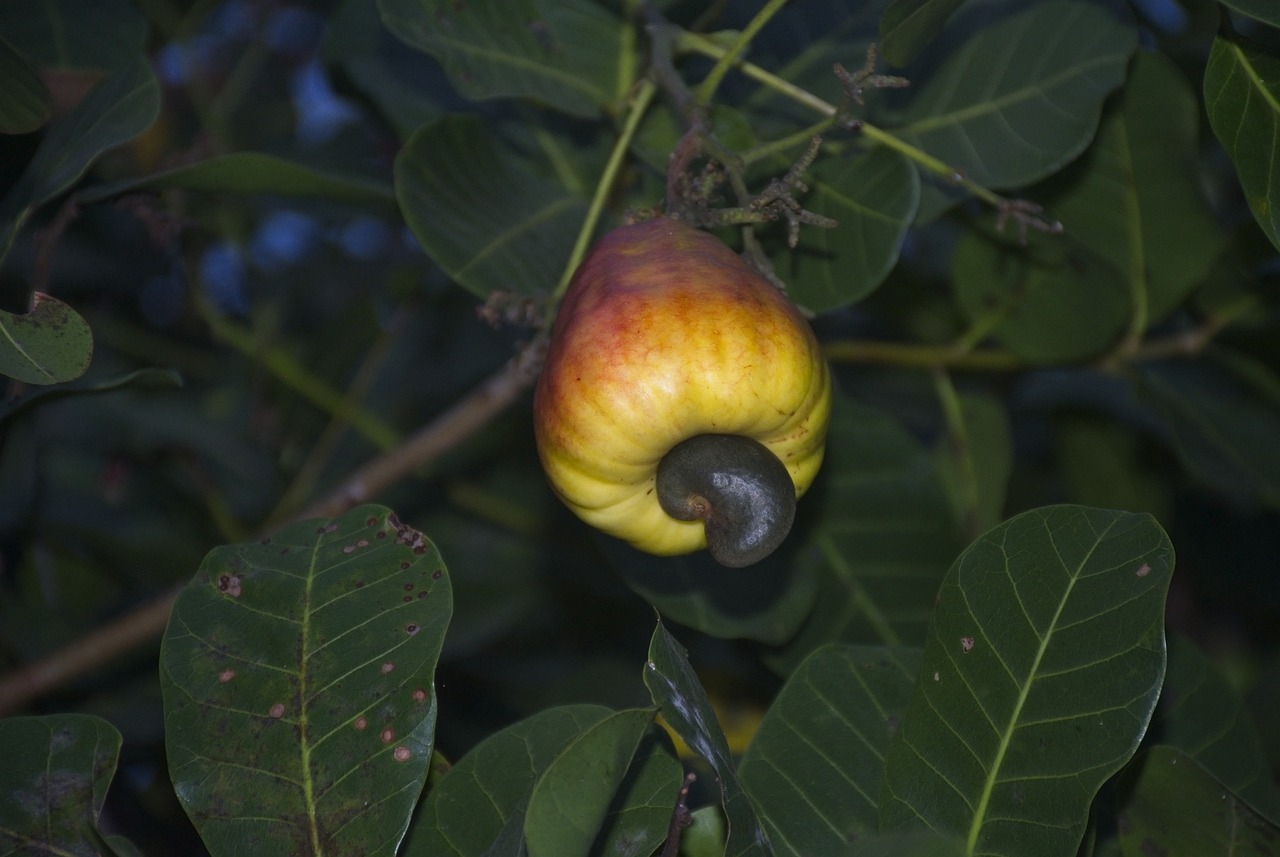Cashew Nut Processing: A Detailed Overview
Introduction: Cashew nuts undergo a complex processing journey before they reach consumers as the delicious snack we enjoy. This process involves multiple steps, each crucial for ensuring the nuts are safe to eat and maintain their quality.
1. Harvesting: The processing journey begins with harvesting. Cashew nuts grow on the cashew tree, where the nuts are attached to the bottom of the cashew apple. Once ripe, the nuts are manually separated from the apple and sun-dried to reduce moisture content.
2. Drying: The collected nuts are sun-dried for several days to reduce their moisture content. Proper drying is crucial as it prevents mold growth and eases the shelling process.
3. Roasting: After drying, the nuts undergo roasting. Roasting helps in making the shell brittle, which makes it easier to remove. There are two primary roasting methods:
- Drum Roasting: Nuts are placed in rotating drums over a fire. This traditional method is common in small-scale processing.
- Steam Roasting: Modern processing facilities use steam roasting, where nuts are steamed at high pressure. This method is more efficient and reduces the risk of burning the kernels.
4. Shelling: Shelling involves removing the outer shell to reveal the edible kernel inside. It can be done manually or by machines, but it requires careful handling to avoid breaking the delicate kernels. Manual shelling is labor-intensive but allows for better quality control.
5. Peeling: Once shelled, the kernels still have a thin, papery skin. This skin is removed through peeling, which can be done by hand or using mechanical peelers. For easier peeling, the kernels are sometimes pre-treated with steam.
6. Grading: After peeling, the cashew kernels are graded based on size, color, and quality. This step is essential for determining the nuts’ market value. Kernels are classified into various grades such as whole, split, or broken.
7. Drying (Final Stage): To ensure a longer shelf life, the kernels undergo a final drying process to reduce moisture content to about 5%. This step is critical to preventing mold and extending the product’s freshness.
8. Quality Control: Quality control checks are performed throughout the process to ensure that the final product meets safety and quality standards. This includes checking for aflatoxins, which are harmful toxins that can develop in improperly processed nuts.
9. Packaging: The processed cashew kernels are then vacuum-packed or packed in moisture-proof packaging to maintain freshness and prevent contamination. Proper packaging also protects the nuts during transportation and storage.
Conclusion: Cashew nut processing is a labor-intensive and meticulous process that ensures the nuts are safe, tasty, and of high quality. Each step, from harvesting to packaging, plays a crucial role in delivering the final product to consumers.
This article provides a comprehensive overview of the cashew processing method, highlighting the importance of each step in ensuring a high-quality product.

